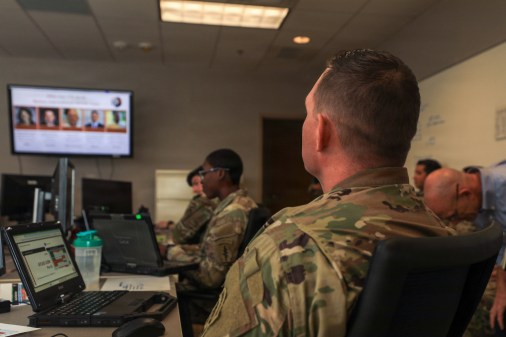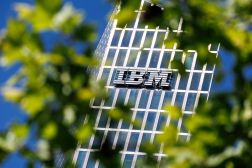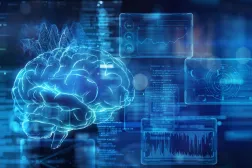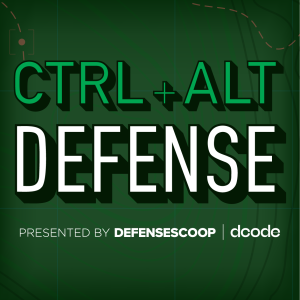Northrop Grumman inks deal with tech startup for accelerated, AI-enabled spacecraft design
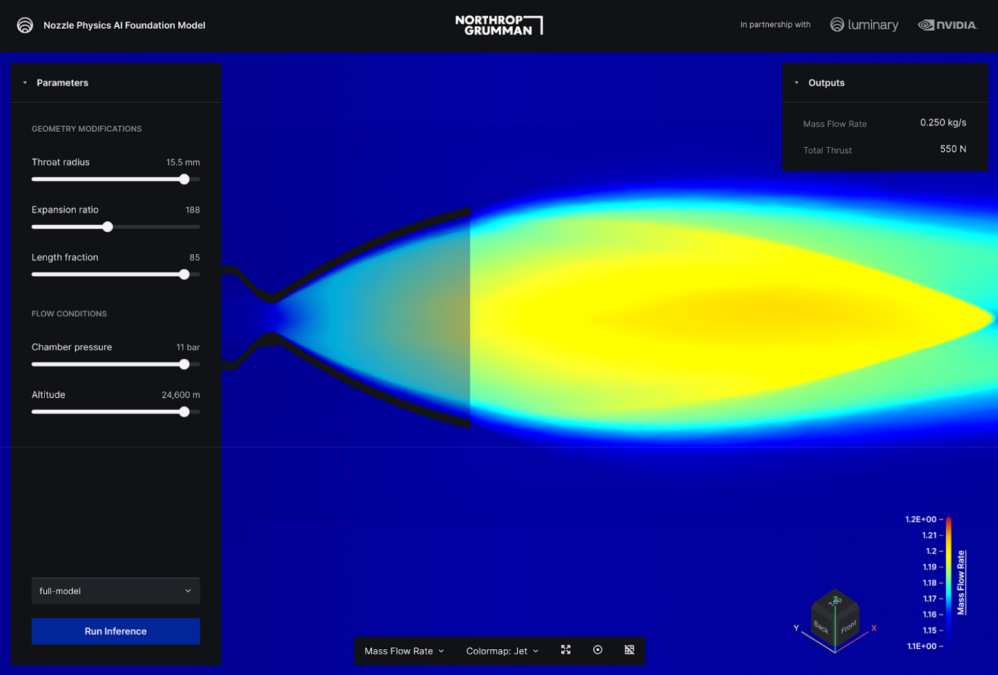
Artificial intelligence startup Luminary Cloud has developed a physics-based AI model for Northrop Grumman that will allow the defense contractor to more quickly design and build new spacecraft.
Announced on Tuesday, the new partnership gives engineers access to a purpose-built tool known as Physics AI that can generate high-fidelity simulations of spacecraft subsystems in seconds. The model was built in collaboration between Luminary Cloud and Northrop Grumman experts, and is powered by NVIDIA’s PhysicsNeMo — an open-source framework for building and training physics-based AI models.
The model is currently tailored for designing spacecraft thruster nozzles and will allow users to see how different physical design elements of the subsystem will affect its performance, meaning Northrop Grumman can more accurately design new platforms based on specific program requirements.
“Physics AI is the next level of complexity in AI, and Northrop Grumman is bringing this technology to our design engineers to dramatically speed up hardware development,” Han Park, vice president of artificial intelligence integration at Northrop Grumman Space Systems, said in a statement. “Using AI to make something small, like a spacecraft thruster, puts us on a path to do much bigger things, like using AI to design larger components or even an entire spacecraft.”
While computational fluid dynamics simulations have been used to design new spacecraft and subsystems for years, it can take up to 12 hours for a platform to generate a single simulation. However, the new model is able to create a spacecraft simulation in just seconds, according to Juan Alonso, Luminary Cloud’s chief technology officer.
“We’re trying to build models that are just as capable as the [large language models] to generate new designs to predict the physical world. That’s what we call Physics AI,” Alonso told DefenseScoop in an interview ahead of the announcement. “We leverage a lot of the investment in LLMs, but it’s a completely different field in the sense that we can’t find the data for the latest rocket thruster on the internet — or at least a sufficient amount of data — to be able to train models with it.”
Instead of using data available on the internet, the new platform generates spacecraft designs based on the laws of physics, Alonso explained. A Northrop Grumman engineer can alter the geometry or area ratios of a spacecraft’s thruster nozzle in a simulation, and the model will characterize aspects such as the flow inside of the nozzle and how much thrust it has, he said.
“We make up for the lack of data with the fact that we’re not trying to predict whether that image or set of pixels is a cat or dog or an elephant,” Alonso said. “Rather, we’re trying to predict whether the airflow flows in a particular way that obeys some physical principles.”
Using the Physics AI model — especially early on in the spacecraft design process — gives engineers access to instant information about the qualities of the system they’re designing. The speed at which the platform can generate simulations also enables engineers to explore different design parameters without slowing down project timelines.
Alonso emphasized that the platform will not only accelerate the development cycle for new systems, but also allow Northrop Grumman to uncover risks that might have led to costly redesigns, fixes or delays.
That speed and accuracy will be critical for Northrop Grumman as it continues working with the Pentagon, which in recent years has shifted its strategy in the space domain. Rather than take years to develop one or two exquisite satellites for a single mission, the department now wants to rapidly field constellations comprising hundreds of space systems.
Officials believe that the strategy will allow the military to proliferate critical warfighting capabilities across many satellites, as well as make sure that it can continue updating its space systems with the latest technologies.
“We need to be more responsive to threats that are emerging much more rapidly,” Alonso said. “The engineering development process and procurement process we had in place … it’s just something we can’t afford anymore if we want to stay technologically ahead of our adversaries.”
Updated on Oct. 28, 2025, at 12:40 PM: This story has been updated to clarify that the Physics AI model was built in collaboration between Luminary Cloud and Northrop Grumman experts.
